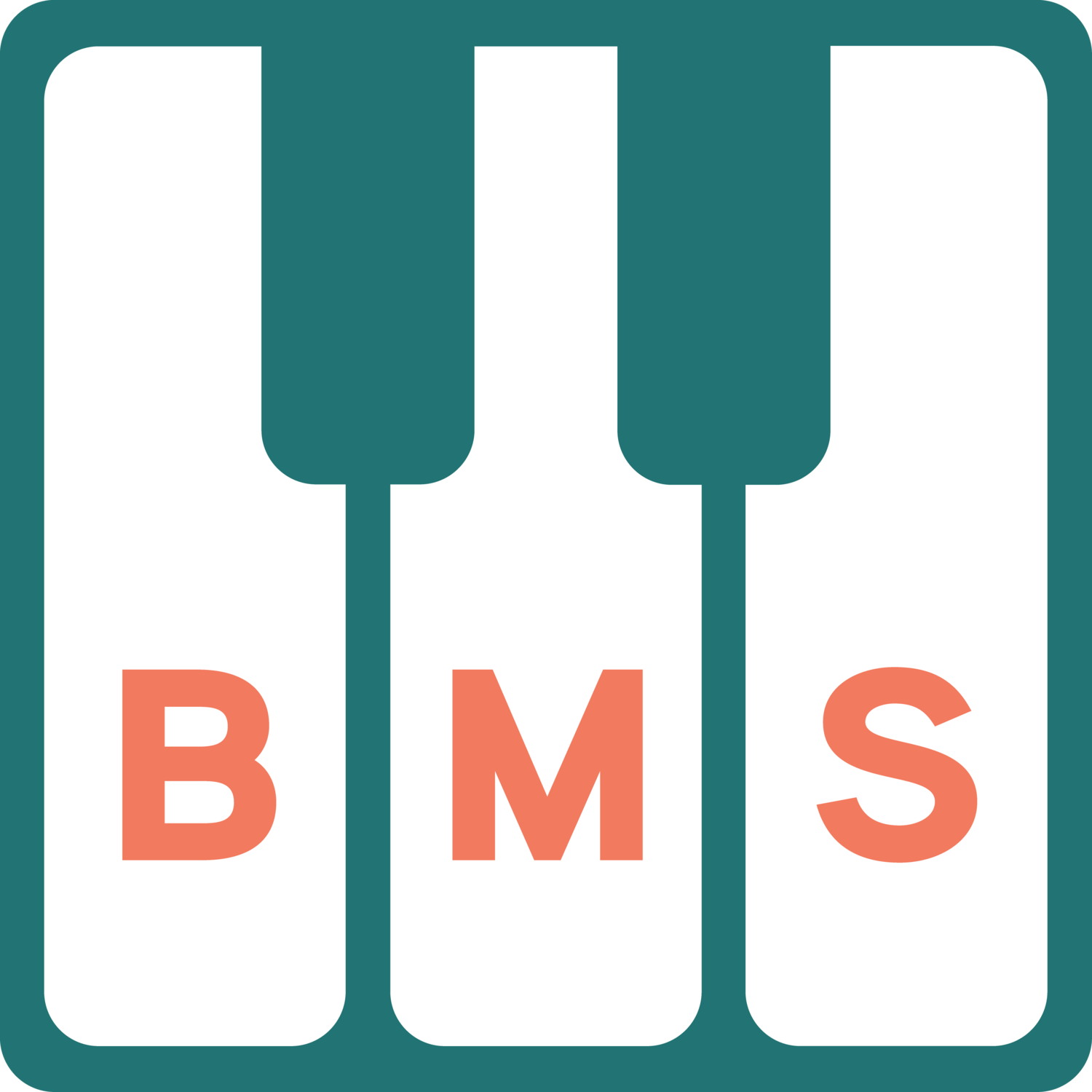Sight Singing
While sight reading on a piano can be intimidating, you don’t have to worry about “finding” the notes on a piano. The keys are there and as long as you press the right one, the right sound will come out. Sight singing, or singing through something for the first time often without accompaniment, can be very intimidating. The hardest part about it, is definitely finding the notes, but there are a few ways we can approach this issue that can make it more manageable.
If you are a singer with no other instrumental experience (like piano) the use of Solfege (also known as Solfeggio), and intervals will be extremely helpful to you. Solfege is a system that gives every note of a scale a specific syllable (Do Re Mi for C D E etc). This method is very useful by providing us with a recognizable symbol for a designated pitch in the scale. So if the first note you sang was Do (or C) you could use that as a reference pitch to find the following notes. If the passage was C D G, you could use Do Re Sol to help you find the notes. This method (like others) relies on developing your “inner musical ear.”
An inner musical ear is a concept that can help everyone regardless of what instrument you are playing. Being able to “hear” the music in your head, can help you if you’re learning written theory, all the way to reading sheet music. Similar to Solfege, if you are given a reference pitch, singers can also rely on intervals to sight sing. If you are given the first note, C, and you have to sing an A and F after that, you could use the major 6th interval mnemonic to sing up from the C to A, then a major 3rd down from A to F. Personally I use a blended technique, but because I started learning piano before I started singing, I like to “play air piano” while sight singing as a way to attach a physical “place” for the notes in my fingers. So for the previous example, I would “play” C A F in my right hand while thinking of the intervals to find the notes.
Of course the right notes are only part of it, you also have to make sure you are singing the right rhythm. Take the same kind of approach with the piano, look at the time signature and find the note with the shortest value to determine how to count. Then with your finger, tap your beat while you are singing and tap “on the note” you are singing. So if you see in front of you one of the previous examples written on a staff, use your finger to keep track of the rhythm and your place is the music so you can focus more on finding the intervals or Solfege notes with your inner ear.
Similar to piano, the only way to really improve your sight singing, is by doing more of it. Start by developing your musical ear with ear training activities, or by singing your warm-ups unaccompanied. Sight singing is useful to every musician, not just singers. If you are writing music, having a well developed inner ear can help you “hear” the music you are writing if you are away from your instrument. Give it a try and you’ll notice you will be able to listen better to the music you are playing, as well as the music you hear others play.

DISCLAIMER
I am not a medical doctor. These posts are all anecdotal, based on experiences through my own learning, understanding and teaching. My musical knowledge is based primarily in the Western classical tradition, which by no means defines the only perspective to learn and understand music.

